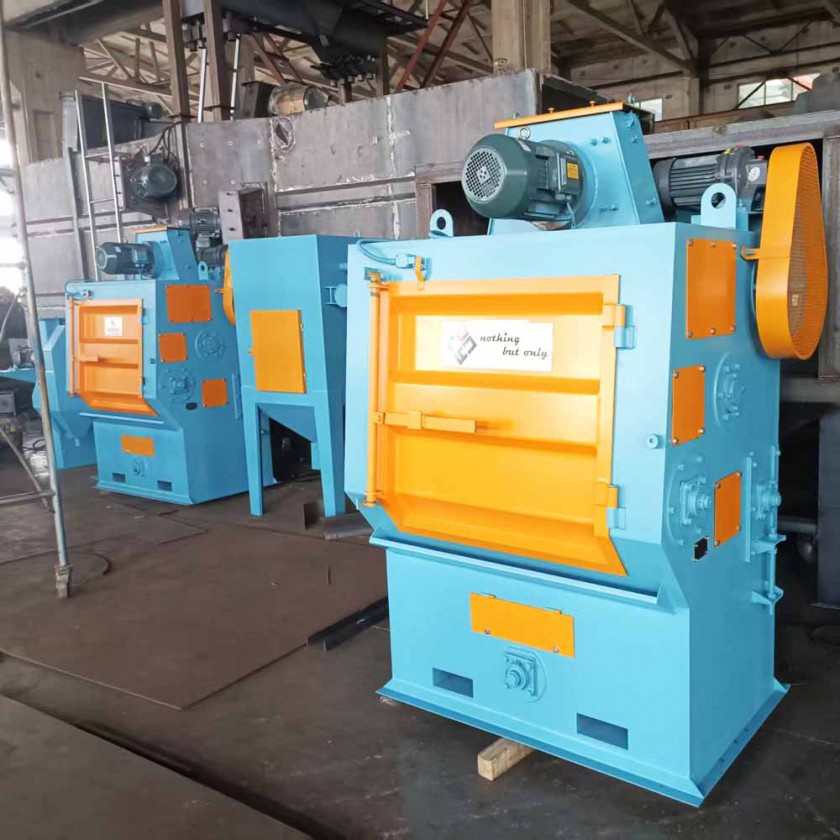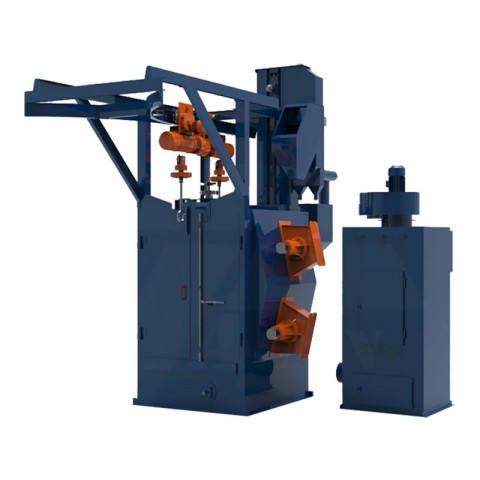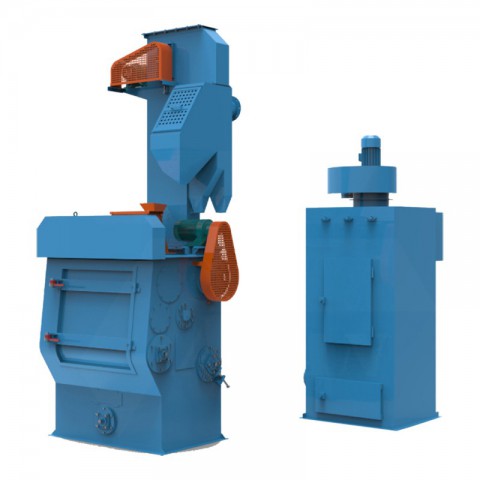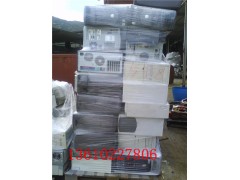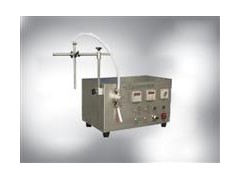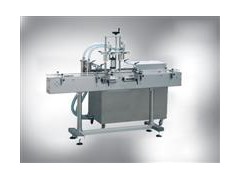Welding Knowledge
 |
MMA Welding
|
Basic Knowledge: Shielded metal arc welding (SMAW) is an arc welding process with an arc between a covered electrode and the weld pool. The process is used with shielding from the application of pressure, and with filler metal from the electrode. This was the development that quickly followed the carbon arc process.
Shielded metal arc welding was an outgrowth of bare metal arc welding, which used a bare or lightly coated electrode, which is an obsolete welding process. SMAW is also known as "stick" electrode welding. The shielded metal arc welding process consists of an arc between a covered electrode and the base metal. The arc is initiated by momentarily touching the electrode to the base metal. The heat of the arc melts the surface of the base metal to from a molten pool.
The melted electrode metal is transferred across the arc into the molten pool and becomes the deposited weld metal. The deposit is covered by a slag which comes from the electrode coating. The arc and the immediate area are enveloped by an atmosphere of protective gas produced by the disintegration of the electrode coating. Most of the electrode core wire is transferred across the arc; however, small particles escape from the weld area as spatter.
 |
MIG Welding
|
Basic Knowledge: The gas metal arc welding process utilizes the heat of an arc between a continuously fed consumable electrode and the work to be welded. The heat of the arc melts the surface of the base metal and the end of the electrode. The melted off electrode is transferred through the arc to the work where it becomes the deposited weld metal.
Shielding is obtained from an envelope of gas, which may be an inert gas, or a mixture. The shielding gas surrounds the arc area to protect it from contamination from the atmosphere. The electrode is fed into the arc automatically, usually from a coil. The arc is maintained automatically and travel and guidance can be manually or by machine.
The metal being welded dictates the composition of the electrode and the shielding gas. The shielding gas and the type and size of the electrode affects the type of metal transfer. The metal transfer mode is one way of identifying the variations of the process. The gas metal arc welding process can be used to weld most metals. Carbon dioxide is restricted to steels. Electrode are matched to the base metal. The process can also be used for surfacing and for buildup using special metals for bearing surfaces,. corrosion resistant surfaces, and so on.
 |
TIG Welding
|
Basic Knowledge: Gas tungsten arc welding (GTAW) "is an arc welding process that uses an arc between a tungsten electrode (non-consumable) and the welding pool. The process is used with shielding gas and without the application of pressure. Filler metal may or may not be used."
The gas tungsten arc welding process utilizes the heat of an arc between a non-consumable tungsten electrode and the base metal. The welder's view of the gas tungsten arc is the arc develops intense heat, approximately 11.000 F (600 c), which melts the surface of the base metal to from a molten pool.
Filler metal is not added when thinner materials, edge joints and flange joints, are welded. This is known as autogenous welding. For thinner material an externally fed or “cold” filler rod is generally used. The filler metal is not transferred across the arc but melted by it. The arc area is protected from the atmosphere by the inert shielding gas, which through the nozzleof the torch.
The shielding gas displaces the air, so that the oxygen and the nitrogen of the air do not come in contact with the molten metal or the hot tungsten electrode. As the molten metal cools, coalescence occurs and the parts are joined. There is little or no spatter and little or no smoke. The resulting weld is smooth and uniform and require minimum finishing.
 |
PLASMA Cutting
|
Basic Knowledge: When plasma cutting, the electrical arc burns between the non-melting electrode and workpiece. The arc is additionally constricted by a nozzle and applied compressed air, which increases the intensity and stability considerably. Due to this constriction a highly heated gas with high energy content originates in the torch, whose electrical energy is converted into heat. This ionised gas which transfuses the arc onto the workpiece is called plasma.
By using the plasma-cutting procedure materials such as s::a steel, stainless steel. Aluminium, copper, cast, brass, etc. can be cut. Due to the energy density of the plasma arc a high cutting speed is obtained. The cuts are steep, flash and distortion free and of high economic efficiency. Trouble free handling and use of simple compressed air as a cutting gas offer unlimited possibilities. Used in the steel industry, installation, container construction and many other areas.



